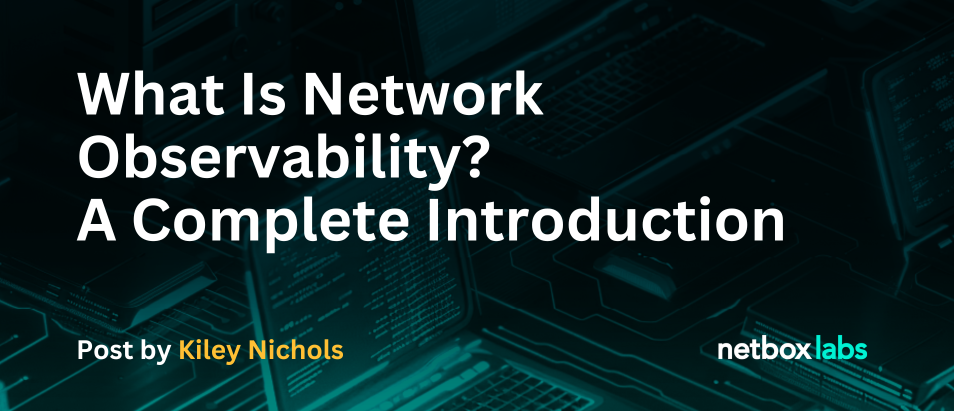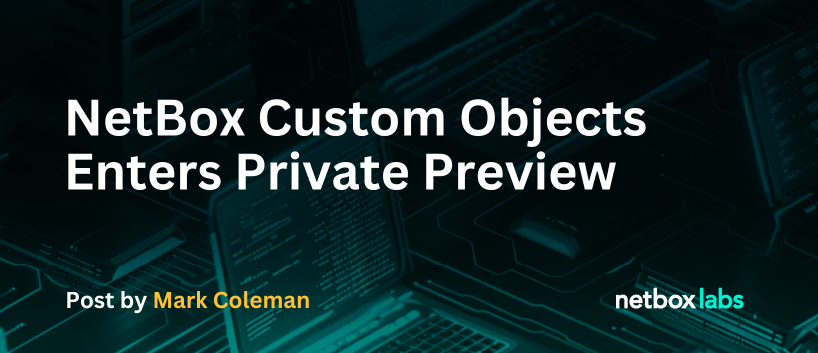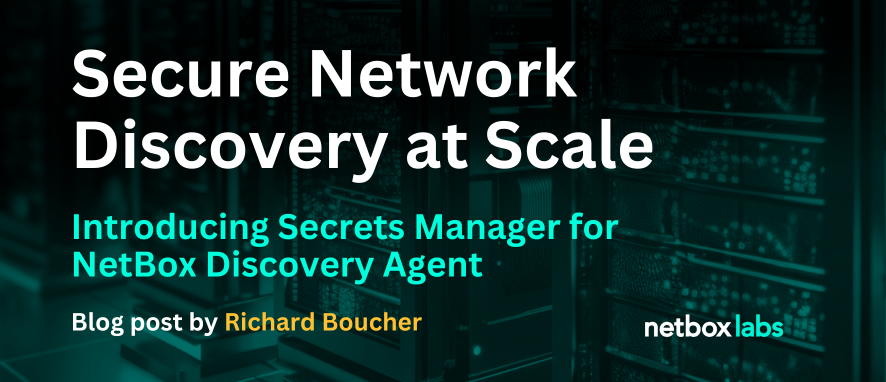Network observability is the capacity to learn about the actions and functionality of a network infrastructure. To comprehend the interactions and real-time performance of different network components entails gathering, evaluating, and displaying data from those components, and getting insights into the general health, effectiveness, and security of the network requires gathering data from a variety of sources. Those sources include servers, endpoints, apps, and network devices.
Network observability is essential to maintaining a network’s performance, security, and dependability. It gives enterprises real-time access to security threats, application performance, and network traffic. This visibility allows organizations to do the following:
- Proactively detect and resolve problems before they affect users or business operations
- Ensure effective operations
- Optimize resource usage and network performance
- Safeguard sensitive information and systems
- Identify and address security risks and vulnerabilities
- Enable adherence to industry rules and guidelines with a thorough overview of network activity
Some Case Studies of Network Observability
Case Study No. 1: Chain Store
A retail chain employs network observability technologies to monitor its dispersed network infrastructure in different locations. By studying application performance signs and network traffic behavior in real time, the company found specific problems causing delays in the network, optimized how it assigned resources, and improved the overall experience of consumers in its stores.
Case Study No. 2: Financial Establishment
To enhance network security and safeguard itself from cyber threats, a financial institution started using network observability solutions. By closely monitoring the network traffic for any anomalies and assessing data coming from diverse security technologies, the company promptly recognized potential security breaches. This was critical for safeguarding crucial financial information and maintaining client trust.
Network Observability Examples
E-commerce Website Performance Optimization
An e-commerce company depends on its website to earn money. Many people visit the website at the same time, so any performance problem or unavailability can cause a drop in sales and reputational harm. But the company can use network observability to monitor its website’s performance all the time. This includes checking how fast pages load, the response time from servers, and the speed of handling transactions among other things.
For example, if the website takes a long time to load pages when many people are visiting, network observability tools can help uncover why. It could be due to congestion, the overloading of servers, inefficient code execution, and so on. With this understanding, the IT team can actively respond by enhancing the website’s performance with more server power, better code optimization, and using content delivery networks (CDNs).
Cloud Migration and Optimization
Many companies are shifting their IT infrastructure to the cloud for its scalability, flexibility, and cost-effectiveness. In terms of network visibility and management, moving to the cloud presents additional difficulties. For a cloud migration to go well, and for the cloud-based service to be optimized, network observability is essential.
To monitor network traffic between on-premises servers and cloud instances, for example, a business moving its apps to a cloud platform such as AWS or Azure can employ network observability tools. Businesses can identify any connectivity issues or bottlenecks that might affect application performance by analyzing network performance metrics such as latency, packet loss, and bandwidth usage.
Cybersecurity Threat Detection and Response
The cybersecurity landscape is replete with sophisticated threats like malware, ransomware, and insider attacks. Network observability is crucial for organizations that hope to find and react to these threats immediately.
A security operations center (SOC) employs network observability tools to scrutinize network traffic for potentially harmful patterns or discrepancies that could mean a security breach. By examining network logs, packet captures, and endpoint telemetry data, the SOC can readily detect signs of compromise and swiftly respond to lessen the danger. This might include preventing access from dangerous IP addresses, separating devices that have been compromised, or fixing weak points by applying patches to susceptible systems.
Pillars and Key Components of Network Observability
Observability of the network is based on some important parts that work together to provide a complete understanding of how well a network infrastructure is behaving and performing.
Metrics
To keep track of and evaluate the status, effectiveness, and efficiency of a network, metrics are critical. By gathering data about aspects like how much bandwidth is being used, any delays in signal transmission, or a loss of packets, organizations can find patterns, diagnose problems, and make better use of their network resources.
Telemetry
In telemetry, we gather and send data from network devices and systems in real time. This includes information about network traffic, device conditions, how well applications are working, and safety events. The information allows organizations to observe network actions as they occur so they can take action immediately.
Logs
Logs are records of events or actions that occur in the network environment. They note details like system errors, security warnings, changes made to setup, user actions, and application events. By studying these logs, organizations can understand network operations better while fixing problems and researching security incidents.
Traces
Traces are elaborate records of single transactions or requests as they move through a distributed system or network, offering an understanding of transactional performance and connections.
Alerting and Notification
Alerts and notifications inform IT teams about possible problems or irregularities in the network so they can take quick action to fix and manage them.
Visualization and Reporting
Visualization and reporting involve instruments and boards that show network performance measurements, telemetry information, and logged events. These help when analyzing situations to make decisions.
Integration and Automation
Integration and automation are all about connecting with additional IT systems and automating actions like reacting to incidents or fixing them for more effective operation and flexibility.
Why Is Network Observability Important?
Network observability is important for guaranteeing the dependability, efficiency, and safety of IT structures for the following reasons:
- Proactive issue detection: Network observability lets organizations find out about and handle problems before they affect users or business operations. By constantly checking network performance measurements, telemetry data, and logs, firms can recognize possible issues like blockages, security dangers, and setup mistakes.
- Enhancement and resource management: Network observability helps organizations boost the efficiency and performance of their network resources and structure. By studying metrics along with telemetry data, businesses can find resources that are not being fully utilized, improve network settings for better results, and distribute resources more efficiently.
- Improved security: Network observability plays a major role in boosting security by giving an instant view of network activity and identifying security risks and irregularities. Companies can use telemetry data and logs to spot suspicious actions, unauthorized entry tries, and malware infections.
- Compliance and risk management: Network observability is crucial for meeting regulatory compliance. By keeping track of all network activities and security events, organizations can prove that they’re following the rules set by industry regulations and norms.
Implementing Network Observability
- Assessment and planning: Examine the existing network structure, define observability goals and aims, and decide which metrics, sources of telemetry, and tools are required.
- Tool selection: Make sure you choose tools according to your organization’s needs, financial plan, and technological skills.
- Deployment and configuration: Place monitoring agents or sensors throughout the network, and get your monitoring tools ready to gather important data. Also set it up in tune with your current systems and workflows.
- Data gathering and evaluation: Collect and assess data from different sources, such as metrics, telemetry, logs, and traces to get an understanding of the network’s performance, behavior, and safety.
- Alerts and reports: Create systems that can send out alerts to IT groups when potential problems or abnormalities occur. And keep track of main performance signs and standards measurements.
Conclusion
You can implement network observability in various ways. Just be sure to automate the network management processes along with the observability. NetBox can help by acting as the authoritative source of truth and as a dynamic inventory, supplying reliable data that can be used to automate and populate the configuration of observability tools. This combination ensures consistency and simplifies the setup of monitoring systems. The NetBox integration with Icinga is one such example, where changes made in NetBox are automatically reflected in Icinga, streamlining operations and reducing the need for direct interaction with Icinga’s configuration.
This post was written by Gourav Bais. Gourav is an applied machine learning engineer skilled in computer vision/deep learning pipeline development, creating machine learning models, retraining systems, and transforming data science prototypes into production-grade solutions.


